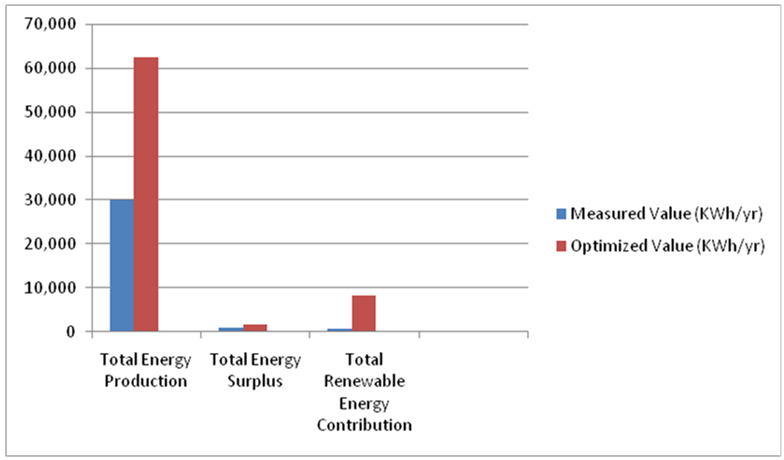Optimization of a hybrid energy system for GSM station: a case study of Aba transceiver station
Keywords:
Cost, Optimization, Homer, Diesel Generator, Hybrid Energy SystemAbstract
The work presented in this paper explores the Modeling and Optimization of a Hybrid Energy system for a Global System for Mobile Communications (GSM) station located in Aba on . The proliferation of telecommunications in rural areas has increased reliance on Diesel Generators leading to significant consumption of non-renewable energy. The combination of fossil fuels with renewable energies would give a better quality, reduced cost and environmentally friendly system for the supply of the telecommunication base stations. GSM network operators can reduce their operating expenses and create a positive impact on the environment by the reduction of gas emissions through the optimization of cost of operation and the adoption of renewable energy. The Hybrid Optimization Model for Electric Renewable (HOMER) software was adopted for the optimization of the hybrid energy system located in Aba on . The hybrid Energy data set was collected from a GSM hybrid station located in Aba and used as input to the simulation programme. This study was based on simulation and mathematical modeling of the hybrid system through the use of the Hybrid Optimization Model for Electric Renewable (HOMER) software. The hybrid Energy System is a Grid- connected system that consists of the combination of the Diesel Generator, the Grid, the PV panels, the Batteries and the Converter. Different hybrid design configurations were considered in the optimization process and the most optimum configuration with the least Operating Cost, least Net Present Cost, least Cost of Energy and least amount of CO2 gas emission was chosen after optimization. After optimization, the PV/Grid/Battery/Converter configuration was chosen as the most optimum configuration with the least Net Present Cost of #8.469,248,000, Least Operating cost of #9,173,536 and Least Cost of Energy of 10,832#/KWh. From the simulation result, the PV/Grid/Battery/Converter configuration gave the least CO2 gas emission which reduced by 40% from the measured value thereby reducing the greenhouse effect. The chosen optimum configuration also has the least NOx gas emission of 72.9Kg/yr compared to other configurations which has high NOx emission. The total renewable energy production from the PV panels is 8,296KWh/yr. The total electric Energy production increased by 52% while the excess electric Energy production increased by 40.64% in the optimized system.


